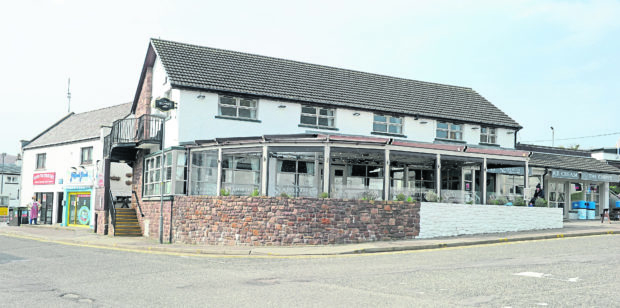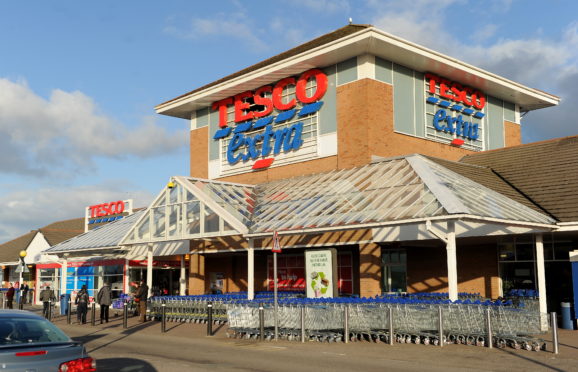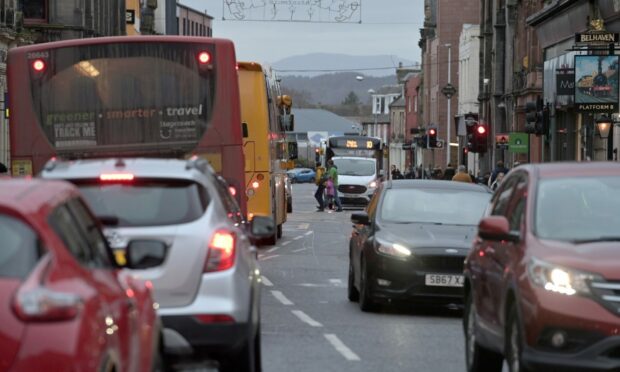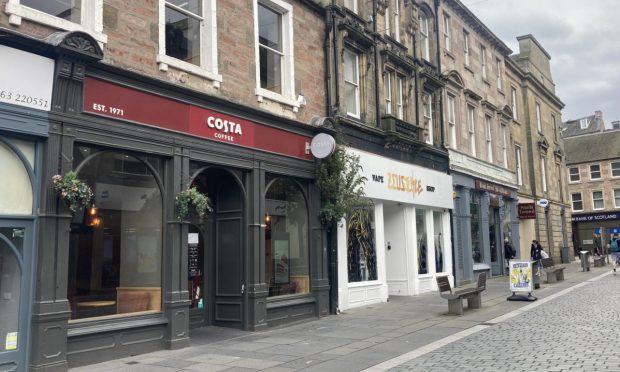While Tom Sawyer famously managed to trick his friends into whitewashing his aunt’s fence, the owners of a west coast hotel will have to think of ways of un-painting their wall.
Highland councillors have decided that the whitewashed section of the wall beneath the seating area of The Seaforth Hotel in Ullapool needs to be restored to the natural stone underneath.
A row broke out in the town after the owners began whitewashing the wall, and work was stopped by council officials because the wall is within a conservation area of the fishing port and required planning permission.
Planners recommended allowing the work to continue because it did not breach any planning policies and they considered it would have a “neutral effect on the setting of the building within the conservation area”.
Locals took a different view.
One said: “The wall was built by hand by locals and such craftsmanship should not be defaced by painting.”
Others said the wall played an important part to the historical feeling of the town – although only built around 20 years ago – and should be retained in its original state, claiming whitewash would make it an “eyesore”.
Councillors at yesterday’s north planning committee also had mixed views before coming down against planners’ advice.
Committee chairwoman Maxine Smith said: “I thought at first the white looked OK, but when I compare it with the natural wall, the stone looks better.”
Other councillors were concerned by the difficulty of removing the paint, with councillor Calum Macleod saying power-washing could erode the pointing.
Councillor Raymond Bremner said the owners had decided to paint the wall because the concrete pointing used was incorrect and was causing the white staining along the wall, prompting the whitewashing.
He added: “It’s a conservation area though and they should have done their homework. It won’t stay white for long. It’s not a clever idea and it doesn’t look good.”
Councillor Angela Maclean pointed out the consultees Historic Environment (HE) raised no objection to the white wall.
She said: “The owners say they have a maintenance officer who will continue to paint it and HE says it won’t improve or detract from the setting.”
In the end councillors were swayed by a motion by councillor Margaret Paterson to refuse any further painting and require the owners to remove the whitewash.
She said: “I would like to move that the wall be kept the way it is, it’s in a conservation area, it’s a beautiful wall, the craftsmanship is to be admired and it’s a sacrilege to paint it white.”










